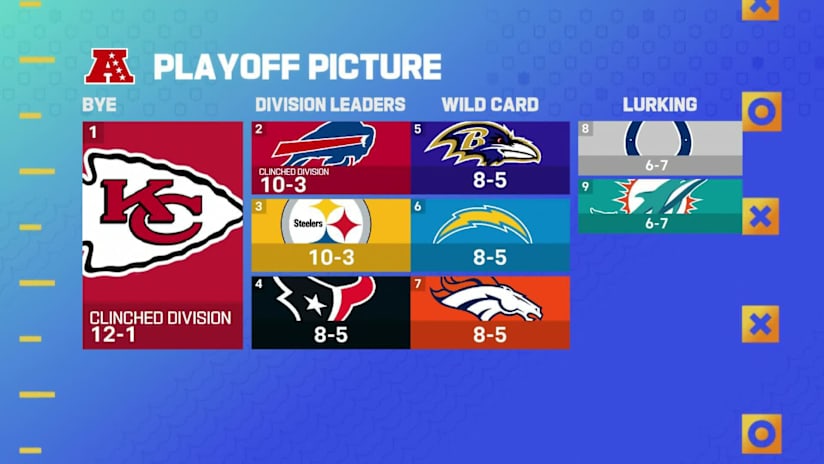You know, it’s funny. Everyone’s always glued to the big leagues, the pro stuff. You hear all the time about how the Bills, for instance, just seem to lock down their division, year after year. They’ve apparently snagged, what, like five straight titles through 2024? Good for them, seriously.
But my journey into understanding standings, specifically for flag football, didn’t start there. It started much, much smaller. My kid, see, got into a local flag football league a couple of seasons back. And me, being the supportive parent, I was all in. Cheering from the sidelines, the whole nine yards. But then came the question, “Dad, are we in first place?” And that, my friends, is where the adventure began.
Figuring Out the Local Scene
I thought, “Simple enough, I’ll just check the league website.” Ha! If only. The website was, let’s say, a bit of a work in progress. Updates were sporadic. Sometimes scores were missing. Sometimes a team that played three games was listed above a team that played four and won them all. It was a bit of a wild west situation.

So, what’s a dedicated parent to do? I started keeping my own notes. Just a little notebook at first. Game days, I’d jot down who played who, and what the score was. I wasn’t trying to be the official scorekeeper, mind you. I just wanted to have a clue for my kid, and maybe a few other parents who were just as confused.
It turns out, this amateur sport, flag football, has a huge following. People are passionate, whether it’s a local youth league or adult competitions. It’s not just an American thing anymore either, though it started here. But finding centralized, reliable standings for these smaller leagues? That’s a whole different ball game compared to the pros.
The Quest for Consistency
My little notebook system started getting a bit more organized. I thought, “Okay, I can do this better.”
- First, I made sure to get the schedule for all the teams in my kid’s age group.
- Then, after each game day, I’d try to confirm the scores. Sometimes this meant asking other parents, sometimes (if I was lucky) the coach might send out an email.
- I set up a simple spreadsheet. Teams down one side, then columns for Wins, Losses, Ties, Points For, Points Against. Basic stuff.
It was a bit of a pain, not gonna lie. Especially when a game got rescheduled, or if there was a dispute about a score. But slowly, I started to build a fairly accurate picture of the standings. It became my little weekend project. I’d update it Sunday night, and a couple of other parents started asking me for “my list” because it was often more up-to-date than anything official.
You see teams like the Eagles mentioned in the context of the NFL’s elite, and their standings are everywhere, analyzed to death. But for the hundreds, maybe thousands, of little flag leagues? It’s often down to some dedicated volunteer, or a parent like me, just trying to make sense of it all. There’s no single, grand “nfl flag standings” database that covers every little league out there, not that I’ve found anyway.
So, my “practice” was less about finding some existing perfect system and more about creating a small, imperfect one that worked for our specific, local needs. It was a reminder that sometimes, if you want something done, or even just understood, you gotta roll up your sleeves and track it yourself. And honestly, it gave me a whole new appreciation for the folks who manage the stats and standings for the big leagues. It’s a bigger job than it looks, even on a small scale.

